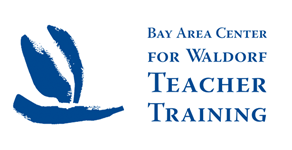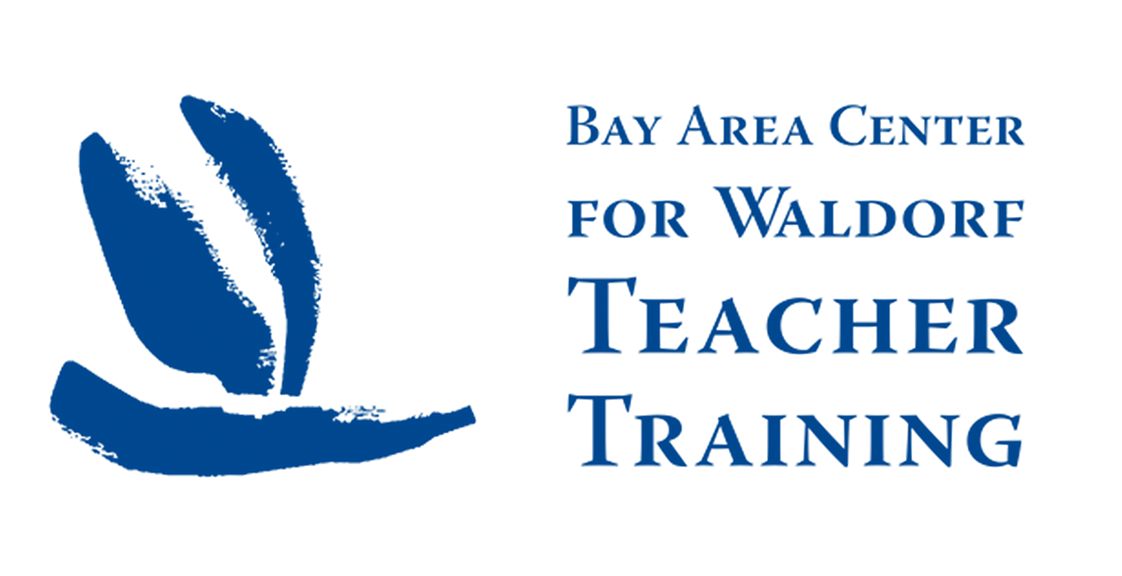Dear BACWTT Students, Alumni, Friends and Colleagues,
Here is the verse from the Calendar of the Soul for this week:
Verse 33
Thus only do I feel the world
Which without my soul’s involvement
Is but an empty frosty life
And manifesting without power
In souls itself anew creating
Left to itself would find but death.
I would like to connect this week’s verse to the thoughts from last week about Saint Martin and the two aspects of that story – the outer/day world event and the second inner/night world event. In the verse this week, we are given the picture of an outer world that is becoming empty, dying and requires an impulse – a rejuvenating force from the human inner life. Without the input of our inner life, the outer world would freeze up!
In the life story and experience of Saint Martin, we can sense this too. The dying Roman Empire, of which he was a part, was holding onto its strict, outer forms, but collapsing from the inside – the original energy and cultural impulse having died away. It might be difficult for us to think so far back to the time when the rising, cultural force in Europe was Christianity. It was a new impulse that offered life, renewal and inwardness in a time of hardening, dying, outer forms – and the loss of its original vigor, purpose and meaning.
In this context, the dream of Saint Martin showed the way forward, not only for Saint Martin, but for the culture. From out of the mysterious forces of the dream world, renewal was discovered.
In ancient cultures, the cycle of the year was experienced as a process of birth and death – being born in the spring and dying in the winter. In fact, they also experienced each day as being born in the morning and dying in the night. They were able to live into and experience the forces active in nature. In ancient Egyptian and megalithic cultures of Europe, architectural structures were orientated to acknowledge this. The necropolises, burial places of ancient Egypt, were always on the western side of the Nile – the side of the setting sun. The Long Barrow burial chambers in Europe always led towards the west – to the land of the ancestors.
This capacity of ancient peoples to experience the turning of the day and the year as cycles of life – being born, growing, aging and dying – was an aspect of their awareness that allowed them to participate in the experience of nature. It created in them a wish to engage and to “support the world” through their participation the cycles of nature. Their intention was to allow the inner life of the human being to connect with and support the inner life of nature. The concern (which is echoed in the verse this week) is that without their participation, the sun would weaken and the world would freeze over and die. The world needed their participation. To the modern mind, this seems like superstition that has no scientific basis.
The images below show the huge amount of effort that the ancient Celtic peoples of Ireland made to create a structure that would allow the weakest rays of the sun to be carefully caught in a stone basin at mid-winter. We don’t know what rite they performed with the sunlight that they had “caught,” but we know that the intention of the structure and the festival was to ensure that the sun would change course from its dying descent and turn to grow strong again.

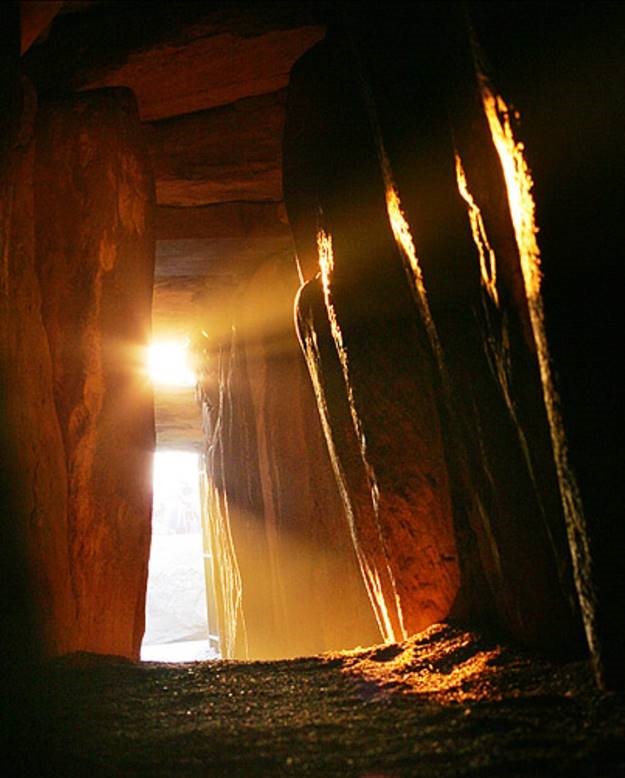

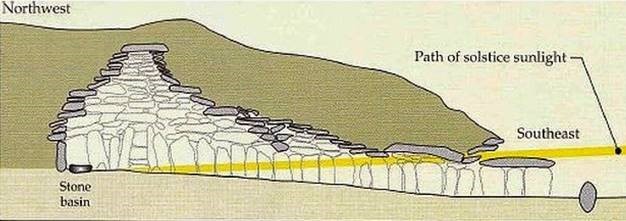
This way of being engaged in the world was called “participatory consciousness” by Owen Barfield. You can get an overview of his life and work here: https://en.wikipedia.org/wiki/Owen_Barfield. Barfield wrote his own translation of the Calendar of the Soul, called The Year Participated. In the introduction, he writes, “The last three or four centuries have witnessed a progressive decline in the West, and not only in the West, of that instinctive or given experience of at-one-ness with the natural world which had characterized human consciousness in all previous ages.”
In modern times, we have developed what is known as “onlooker consciousness,” where we stand outside of the processes and life of the world. Our modern social experience, scientific discoveries and technological developments are based upon this ability to stand outside and look at things “objectively.” In Anthroposophy, our era is known as the “consciousness soul.” There are many characteristic aspects to this that Steiner describes – positive aspects in the development of human, individual evolution, but also negative aspects – over-individualization, separation and objectification that have to be acknowledged and balanced. The next “constructive” step in this process that both Steiner and Barfield are encouraging is a development of a new consciousness that that can bridge over or shine through this experience of separation to be inwardly connected to the world again.
We can find many examples in our life and in recent history of the impact of modern, separateness consciousness. A dramatic event happened in this country that set something in motion for the whole world and the development of the consciousness of humanity – the creation of the national parks. You probably know the history of this better than me, but reading this https://www.pbs.org/nationalparks/history/ep1/ will inform you of some of its strange twists and turns. However, the main idea I want to share is that something new awakened in the white colonial consciousness at that time – the idea that nature needs to be protected by us, from us. I can’t imagine how ironic and painful this idea must be for the indigenous peoples of this land who experienced the masses of humanity sweeping westwards and overrunning the natural landscape – who then “woke up” and realized that they had better protect it!
We all love the national parks, right? Thank goodness they were created and have been preserved. I know from personal experience that marine reserves created in New Zealand have become precious resources where marine life can regenerate and “reseed” the surrounding, overfished ocean. The creation of these pockets of unspoiled and protected nature expresses, however, a remarkable idea that has continued to grow and is now an essential aspect of the modern mindset – that the human being is fundamentally harmful and destructive to nature and to the planet; that the best thing we can do for nature is to protect it from human exploitation; that the best way we can participate is by not participating. This modern mindset has created an undercurrent of tension in all that we do and how we regard ourselves. The development of technology seems determined to bear witness to this dark side of the human being and our culture. In recent history, it has continued to produce the most destructive devices ever known!
In looking back to the creation of the national parks and, in more recent times, the worldwide creation of nature reserves, we can sense that the answer or solution is to draw a line around, separate and protect some precious things from the mainstream of “progress.” A line was drawn around tracts of nature that should be kept “outside” of and protected from societal and technological development. This is probably the best thing that can be done at the moment while we figure out a way to participate in the life of the world without doing harm, while we develop new technologies that allows us the benefits of nourishment, health, comfort and security without destroying nature.
It is a tragedy in the development of modern history that the indigenous peoples of the world, who held an ancient understanding and wisdom of participatory consciousness, were misunderstood and overrun in the process of colonization by Europeans. In this article by Dina Gilio-Whitaker she explains even further how the creation of National Parks, and intention to protect nature, overruled the ancient connection of indigenous peoples to the land: https://time.com/5562258/indigenous-environmental-justice/ We are perhaps approaching a turning point in modern consciousness that we now recognize the need to restore balance in ourselves and the world.
An essential intention in the efforts of Rudolf Steiner is the search to discover ways for the modern human being to overcome the experience of separateness. Throughout his works, we can see his efforts to develop new models of society, science, technology, agriculture and relationship to the natural world based on the reality of our inseparableness. We are in a time now that is awakening us to the possibility that our inner world of thoughts and feelings, as well as our seemingly insignificant individual deeds, impact the world and that our duty as human beings is to find the new way to stand up.
As modern people, we have a choice of further separation and exploitation of nature – or of reconnection and deepening participation. We are very fortunate to live in a time when the voices of indigenous people and leaders can be heard again and their knowledge of another way to stand in the world can offer guidance. We are a very different people from those that drew this map in 1888 below, who thought that separation and isolation was a good idea. In this gesture of containment, there was living the thought that there was nothing that needed to be learned.
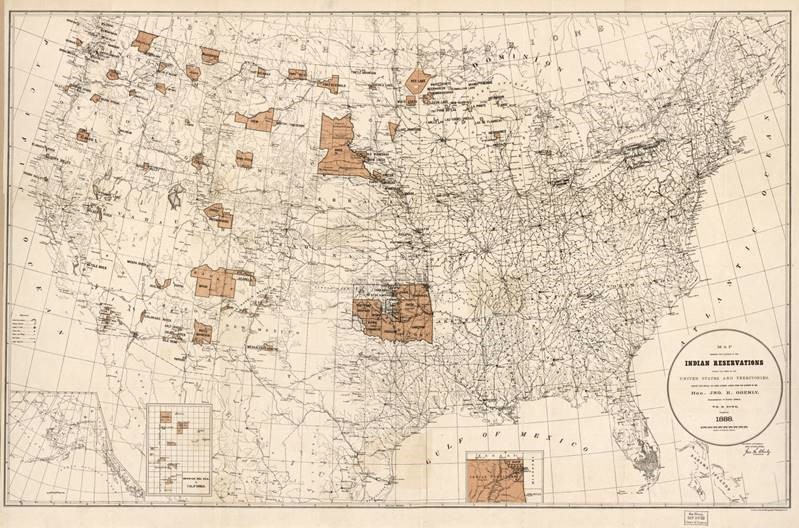
Over the past 132 years, there has been an incredible shift in our perception of our place in the world, our potential to destroy and our responsibility for nature.

Well-known painter Frank Bowling has explored the use of maps many times in his art. He has created many “Mappa Mundi” (an old medieval expression for world map) paintings that have recognizable coastlines, but reimagine the flows, energies and relative importance of the different places, peoples and their history. In an artistic and creative way, he is searching for a new understanding of the interconnectedness of land and human, people and place. In the way that he blurs edges and creates new connections, he is expressing the wish to let go of old definitions and discover a new, modern configuration and perception of the world and its peoples. Like all maps ever made, his paintings express the way we see the world from our unique point of view in time. In the way that he softens and blurs what we already know he creates an opportunity for us to “participate” in the reshaping process.

Ken
Kenneth Smith
Director
BACWTT
